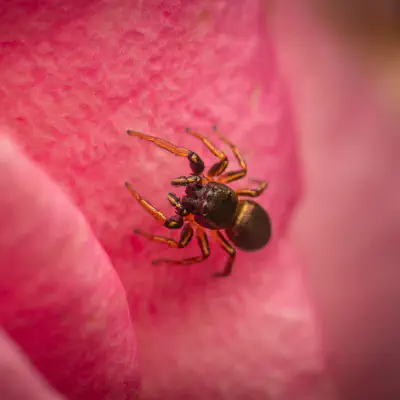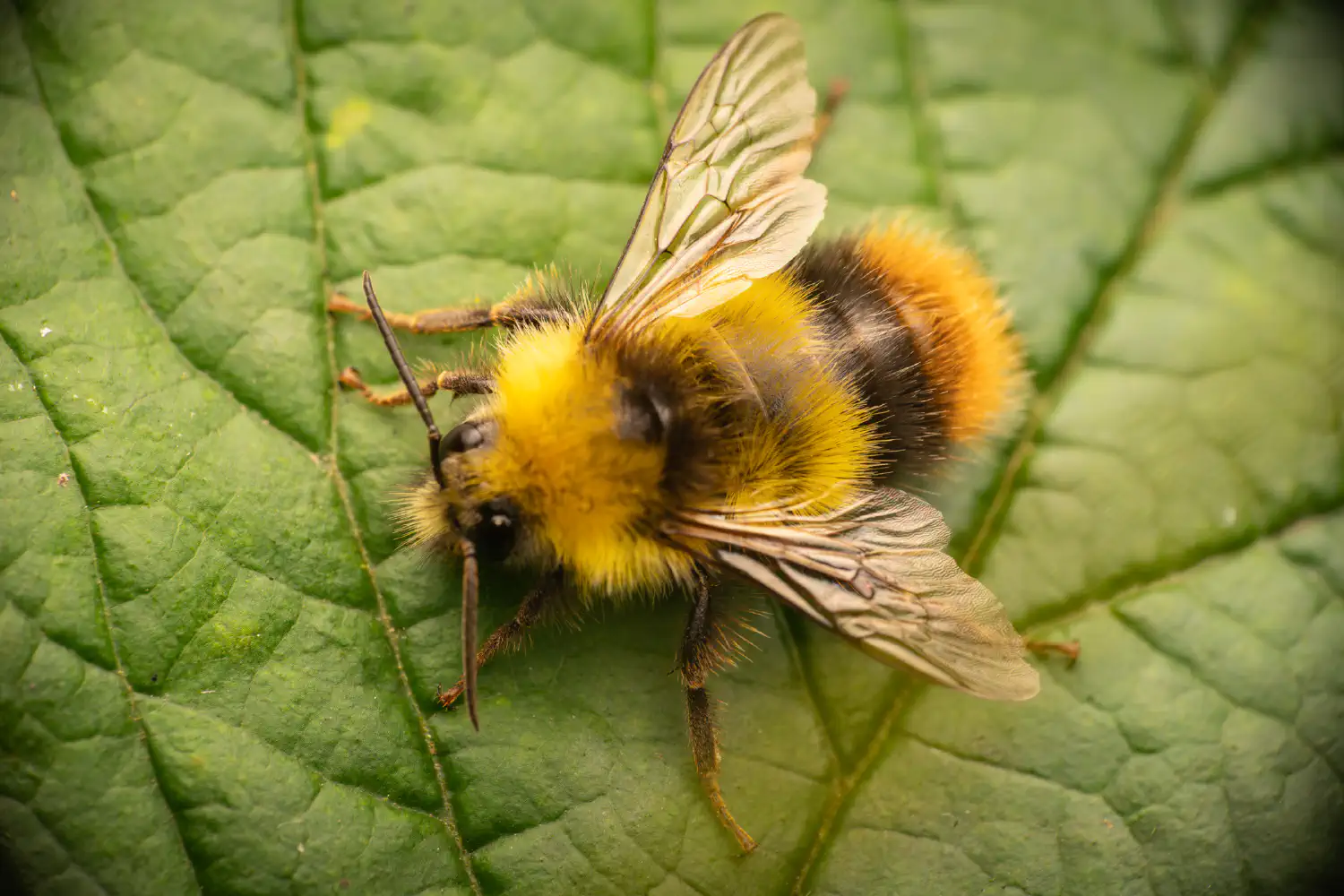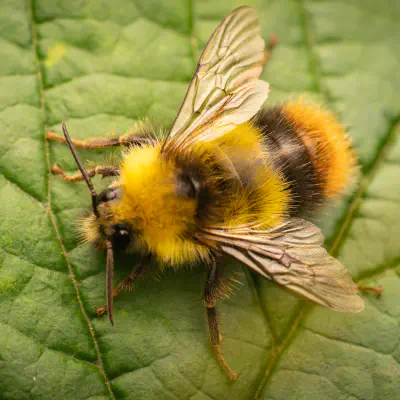Early Bumble Bee Lat. “Bombus pratorum“
The early bumblebee or early-nesting bumblebee (Bombus pratorum) is a small bumblebee with a wide distribution in most of Europe and parts of Asia. It is very commonly found in the UK and emerges to begin its colony cycle as soon as February which is earlier than most other species, hence its common name. There is even some evidence that the early bumblebee may be able to go through two colony cycles in a year. Like…
Description and identification
The queen is black with a yellow collar (the band around the front of the thorax), another yellow band on the first tergite (abdominal segment), and red colouration on the tail (terga 5 and 6). The male has a wider yellow collar, yellow colouration on both terga 1 and 2, and a red tail, also. The workers are similar to the queen, but often with less yellow colouration; usually the abdominal, yellow band is more or less missing. The head of the bumblebee is rounded, and the proboscis is short. The bumblebee is quite small; the queen has a body length of 15–17 mm (0.59–0.67 in), the worker 10–14 mm (0.39–0.55 in), and the male 11–13 mm (0.43–0.51 in). Shortly after their emergence, workers can be distinguished by a silvery color before quickly changing to the normal colors of the foraging bees (a similar appearance to the queen with the middle yellow band missing).
Taxonomy and phylogeny
The early bumblebee belongs to the genus Bombus and subgenus Pyrobombus. It shares many characteristics with other bees in the Bombus family, including its monandrous mating and pollen collecting. Also included in the Bombus family is Psithyrus, which had formerly been removed because of its parasitic nature but is now included. They are most closely related to stingless bees and are distinguished from other species by characteristics of male genitalia. B. pratorum are also classified as short-tongued bumblebees which differ in behaviour from long-tongued bumblebees. In particular, their short tongues may allow them to participate in nectar robbing.
Distribution and habitat
B. pratorum is found in most of Europe, from the Arctic to the Mediterranean. It is, however, uncommon in the south of the Iberian Peninsula, Italy, and the Balkans. On the steppes of southern Russia and Ukraine, it is totally absent. In Asia, it is found in the mountains of northern Turkey, northern Iran, and uncommonly in Siberia west of the Yenisei River. It is common in most of the mainland United Kingdom, but less so in north-west of Scotland. It is absent from most Scottish islands, Orkney, and Shetland. Its preferred habitat is very wide-ranging, including fields, parks, scrubland, and sparse forest. B. pratorum build nests above ground, and especially in the UK, are known to utilize bird nests or abandoned rodent nests for their own nesting sites.
Flight period
B. pratorum flies early (hence its name), usually from March to July, but in milder climates, as parts of southern England, it can appear as early as February. However, the large earth bumblebee is normally even earlier.
Colony cycle
The early bumblebee has a yearly life cycle; however, some early bumblebees are able to go through two cycles in a year if young queens skip hibernation and start a colony sooner. Generally, queens emerge from hibernation in early spring having been fertilized in late summer and they find a site to begin their nest. Colonies for early bumblebees tend to be on the smaller side and reach their maximum numbers earlier in the year than other species.
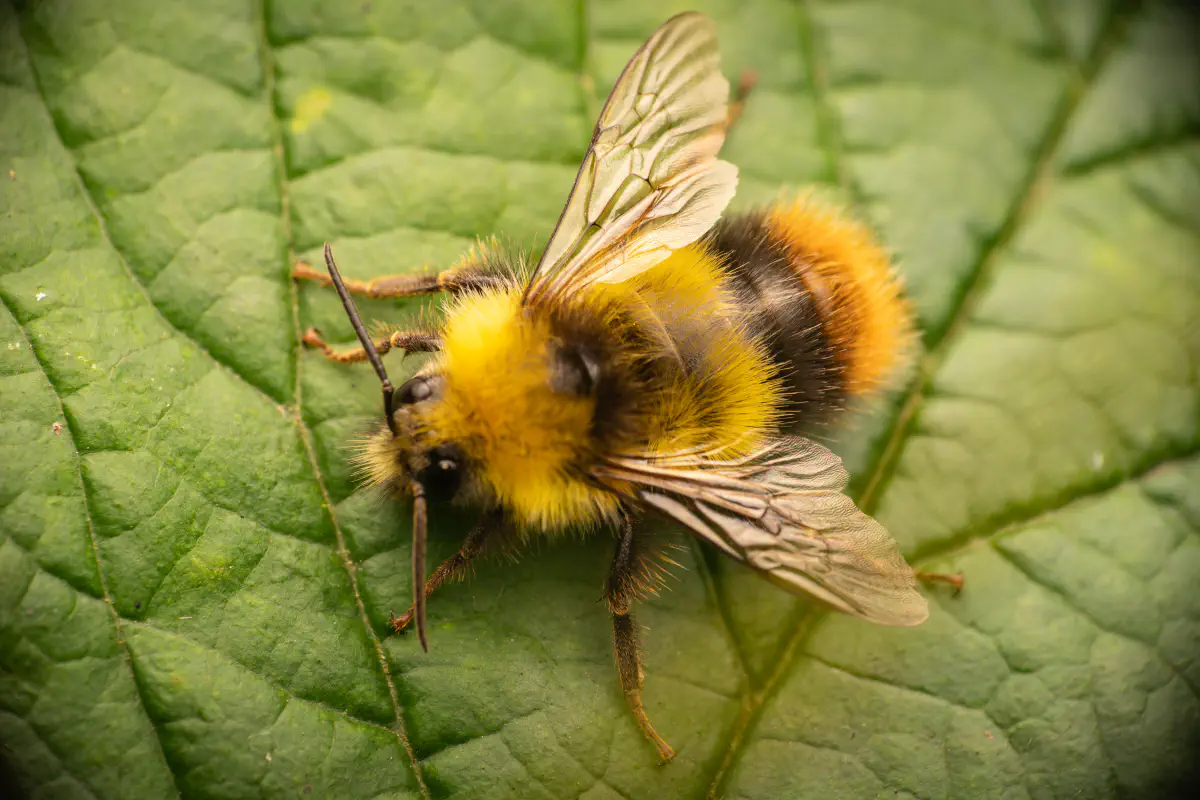
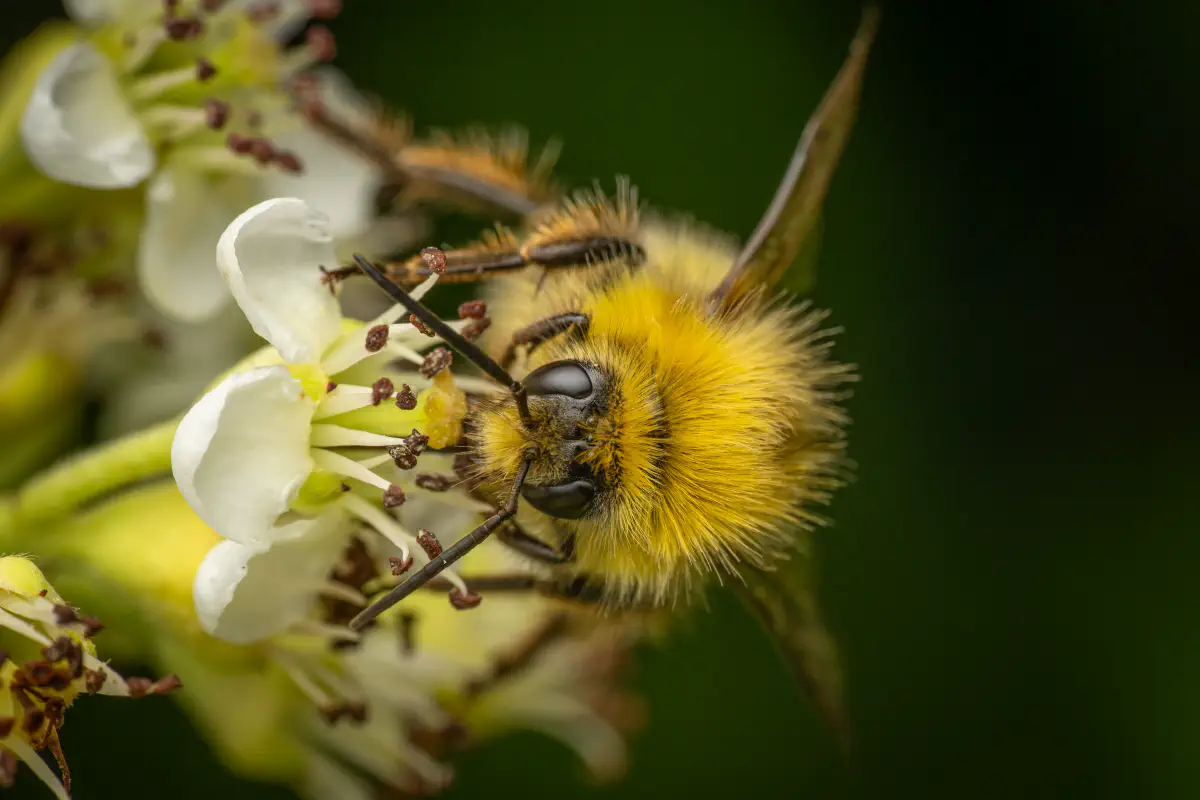
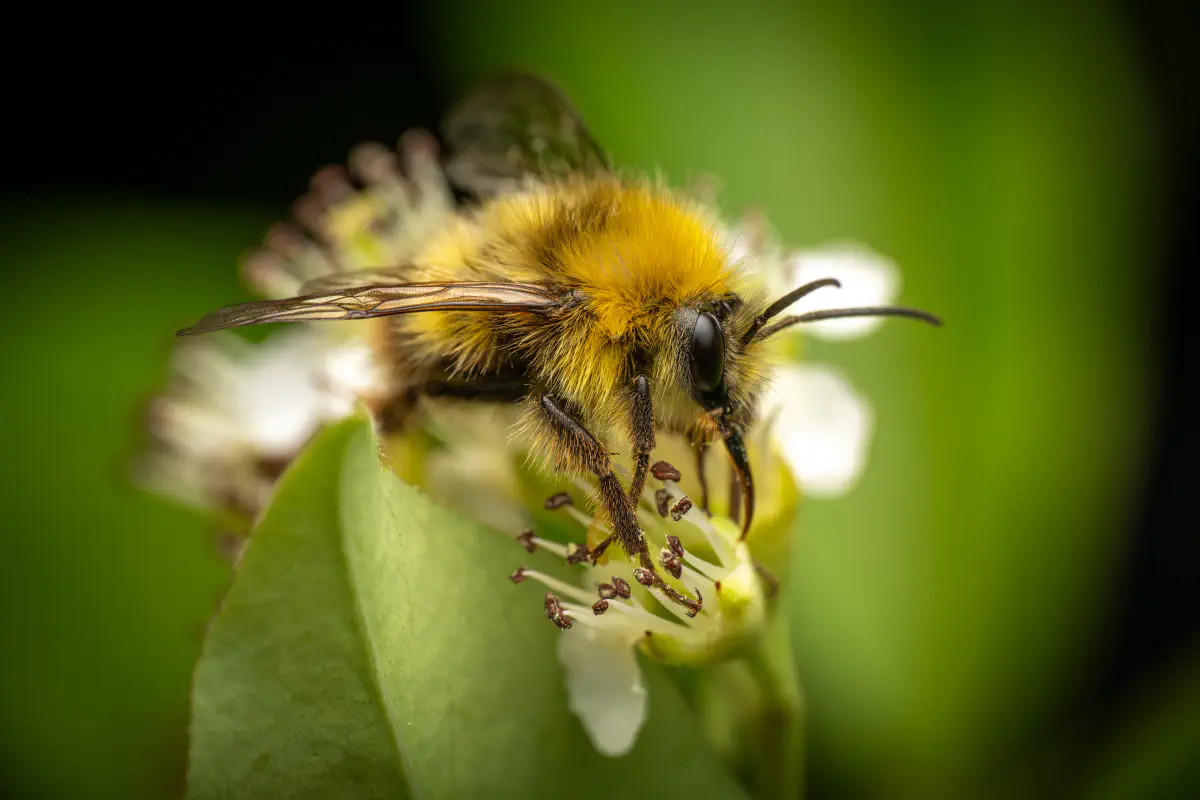
Ancestry Graph
Further Information
„Early Bumble Bee“ on wikipedia.org
„Early Bumble Bee“ on iNaturalist.org
Copyright

This article uses material from the Wikipedia article Bombus pratorum the free encyclopedia Wikipedia which is released under Creative Commons Attribution-ShareAlike 4.0 International License). On Wikipedia a list of authors is available.
This is not intended to be a dry lexicon. Personal stories and sensitive articles form the framework for our pictures: „The jumper and the algorithm“
A spider becomes a content star
